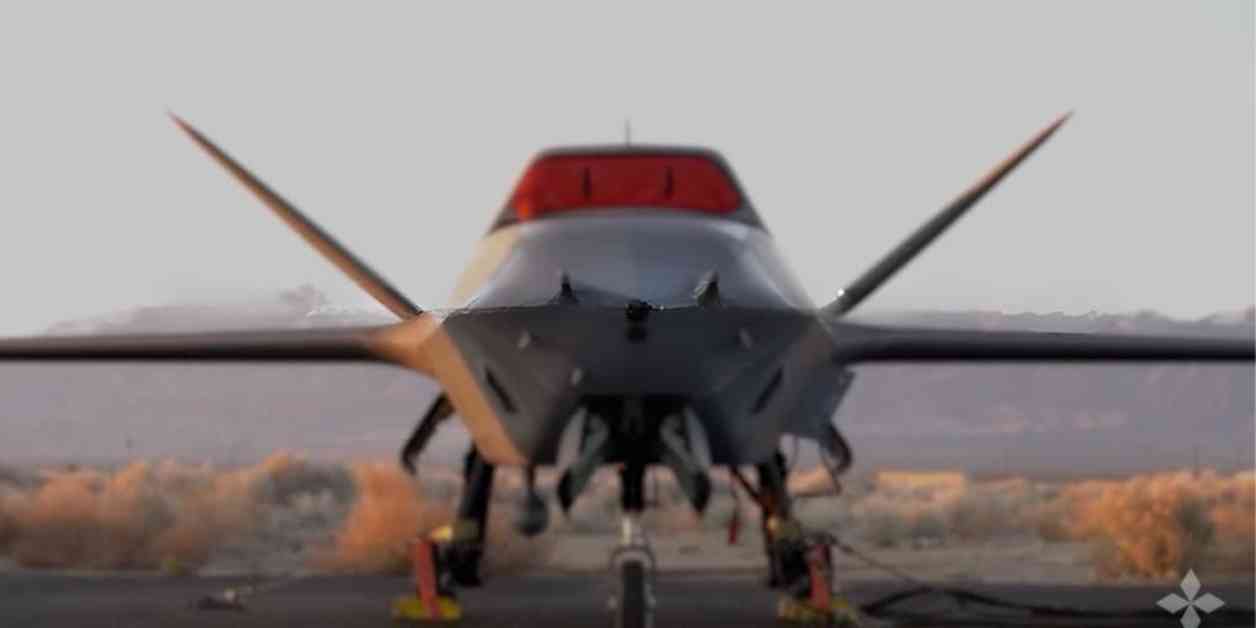The U.S. Air Force has recently introduced a groundbreaking aircraft known as the XQ-67A drone. This unmanned aerial vehicle is equipped with state-of-the-art technology that allows it to operate without a human pilot on board. It can be controlled remotely or even make autonomous decisions based on its programming and the data it collects.
What sets the XQ-67A apart is its participation in the off-board sensing station program. This program aims to use drones as the eyes and ears of the Air Force, gathering essential information in potentially hazardous situations where human pilots may be at risk. The XQ-67A is built on a “common chassis” concept, allowing for the rapid and cost-effective development of various drone models based on the same core design.
The XQ-67A is part of a new era of aviation that includes drones like the XQ-58A Valkyrie and the upcoming off-board weapon station. These drones represent a shift towards a combination of crewed and uncrewed vehicles working together in a concept known as “Loyal Wingman,” where autonomous drones support and protect human pilots in the air.
The technology behind drones like the XQ-67A has significant implications for the future of military operations. These drones can conduct intelligence gathering, surveillance, and potentially combat missions without endangering human pilots. They can operate for longer durations, access dangerous areas, and make quick decisions based on data and algorithms.
Looking ahead, the development of autonomous military aircraft is advancing rapidly. The future may see swarms of artificial intelligence-controlled drones working in harmony with human pilots. However, this raises important questions about the role of human pilots, ethical considerations regarding machines making life-and-death decisions, and the evolving nature of warfare.
The introduction of the XQ-67A marks a pivotal moment in military aviation, ushering in a future where autonomous aircraft play a significant role in aerial warfare. Whether this prospect excites or concerns you, one thing is certain: the future of military technology is here, and it’s autonomous.
If you have thoughts on this new technology or autonomous military aircraft, feel free to share them with us at Cyberguy.com/Contact. For more tech tips and security alerts, subscribe to the free CyberGuy Report Newsletter on Cyberguy.com/Newsletter. Stay connected with Kurt on social media platforms like Facebook, YouTube, and Instagram for the latest updates on technology and security.
As technology continues to evolve, it’s essential to consider the implications and possibilities that autonomous military aircraft bring to the table. The future of warfare is changing, and it’s crucial to stay informed and engaged with these advancements in military technology.



